Species Photo Gallery for Evacanthus chlamidatus No Common Name 14 |
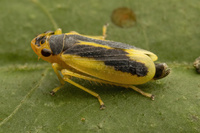 | Photo by: Solomon Hendrix
Mitchell Co.
Comment: male courtship observed—males would audibly click their wings and dance from side to side. clicking created a cacophony in areas where many males were present. | 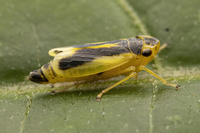 | Photo by: Solomon Hendrix
Mitchell Co.
Comment: male courtship observed—males would audibly click their wings and dance from side to side. clicking created a cacophony in areas where many males were present. |
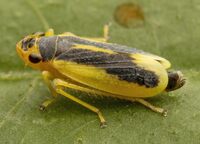 | Photo by: Solomon Hendrix
Mitchell Co.
Comment: male courtship observed—males would audibly click their wings and dance from side to side. clicking created a cacophony in areas where many males were present. |  | Photo by: Solomon Hendrix
Mitchell Co.
Comment: male courtship observed—males would audibly click their wings and dance from side to side. clicking created a cacophony in areas where many males were present. |
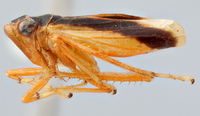 | Photo by: L.A. Kelton
Mitchell Co.
Comment: This is the holotyperncoll. L.A. Kelton on August 13, 1957rnphoto from the Canadian National Collection | 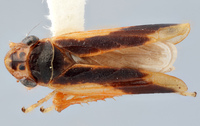 | Photo by: L.A. Kelton
Mitchell Co.
Comment: This is the holotyperncoll. L.A. Kelton on August 13, 1957rnphoto from the Canadian National Collection |
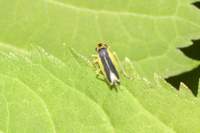 | Photo by: Tom Feild
Mitchell Co.
Comment: | 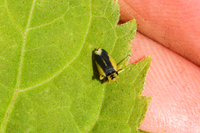 | Photo by: Tom Feild
Mitchell Co.
Comment: |
 | Photo by: Tom Feild
Mitchell Co.
Comment: | 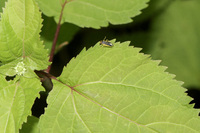 | Photo by: Tom Feild
Mitchell Co.
Comment: |
 | Photo by: Tom Feild
Mitchell Co.
Comment: | 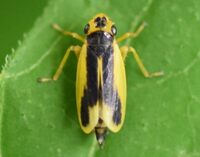 | Photo by: Cade Campbell
Mitchell Co.
Comment: Each individual found was poised on the leaves of A. altissima var. roanensis, either fleeing slowly to the underside of the leaf or leaping into the surrounding plants when disturbed or photographed. |
 | Photo by: Cade Campbell
Mitchell Co.
Comment: Each individual found was poised on the leaves of A. altissima var. roanensis, either fleeing slowly to the underside of the leaf or leaping into the surrounding plants when disturbed or photographed. | 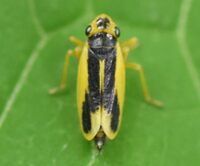 | Photo by: Cade Campbell
Mitchell Co.
Comment: Each individual found was poised on the leaves of A. altissima var. roanensis, either fleeing slowly to the underside of the leaf or leaping into the surrounding plants when disturbed or photographed. |
|

 »
»
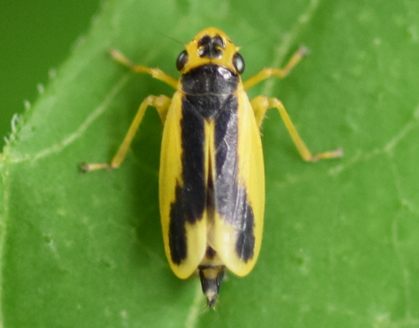

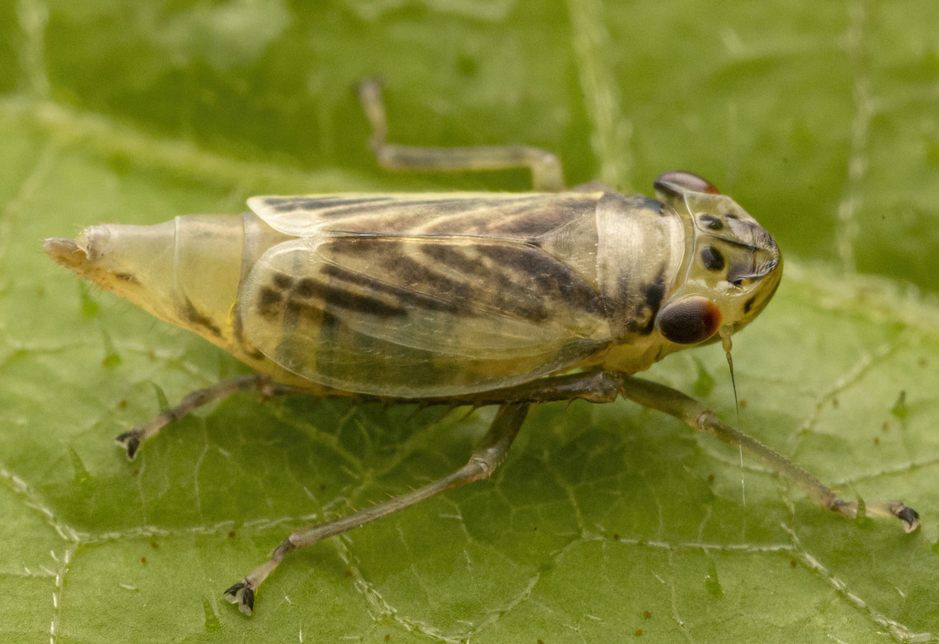

 »
»


